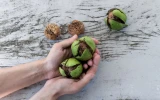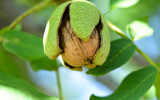Do Walnuts Produce Every Year (and How to Increase Yields)
Walnut trees usually produce flowers one year and nuts the next due to their biennial-bearing habit. However, it's possible to get nuts every year with proper care. In this article, we'll find out what steps you need to take to care for your trees and get consistent nut yields every year.
Walnut trees generally produce nuts yearly, but the amount and quality vary depending on the weather conditions and other factors. Generally, walnut trees produce a good crop every 2 or 3 years. However, some trees may produce a bumper crop one year and then an inferior crop the next year.
One of the most important things you can do to increase walnut production is to fertilize your trees properly. As you keep reading, we'll share tips on fertilization, pest control, and sustainable farming practices that will help boost your walnut production.
Grasping the nuances of walnut production cycles, specifically whether walnuts produce every year and how to increase yields, becomes essential for the effective planning and management of your orchard, in your journey to start a walnut farm from scratch.
Summary
- Walnut trees are known to produce nuts annually, but the amount can vary due to the alternate-bearing nature of the trees.
- Proper fertilization techniques, including conducting soil testing and applying the right amount of nutrients, can significantly increase walnut yields.
- Implementing integrated pest management (IPM) and utilizing disease-resistant varieties can help control common walnut tree diseases, such as Thousand Cankers disease, Walnut Blight, Walnut Anthracnose, and Phytophthora root rot.
- Proper sanitation, timely applications of fungicides, and good air circulation can also aid in disease prevention and control in walnut trees.
- Regular monitoring and scouting for pest and disease activity, along with proper irrigation, fertilization, and pruning practices, can help maintain walnut orchard productivity and minimize the impact of pests and diseases.
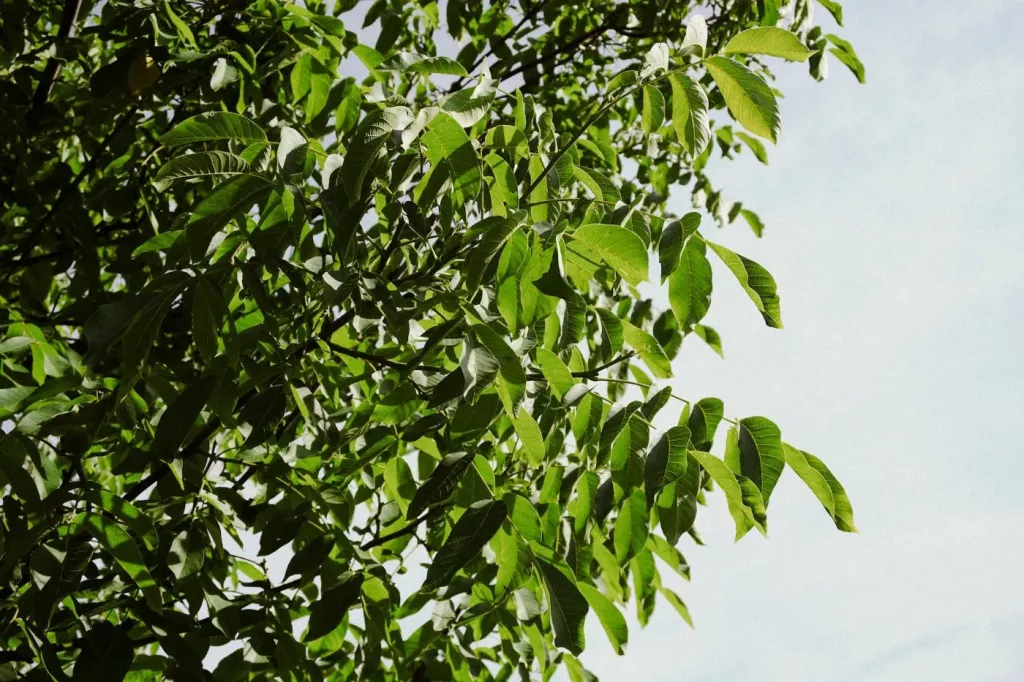
On this page:
Walnut Trees Produce Nuts Yearly
Walnut trees generally produce nuts yearly, but the amount can vary. Although most walnut trees will produce a good crop every 2 or 3 years, some trees may produce a bumper crop one year and then an inferior crop the next year
Walnut trees produce nuts in the fall, typically starting in September and continuing through November. The nuts are enclosed in a hard shell surrounded by a green, fleshy husk. The husk will eventually split open, revealing the nut inside.

Walnuts are alternate-bearing crops
Walnuts are what is known as an alternate-bearing crop, which means that they produce a large crop one year and a smaller crop the following year, and
This cycle repeats itself over time, and the size of the crop can vary depending on a number of factors, including weather conditions, soil quality, and pest and disease pressure.
One of the main reasons why walnut trees are alternate-bearing crops is because walnut trees produce flowers on spurs, which are small branches that grow off the main branches of the tree.
These spurs can only produce flowers and nuts for a limited time before becoming less productive. This means that after a year of heavy production, the spurs may need time to rest and recover before producing another large crop.
Another factor that can contribute to alternate bearing in walnuts is the tree’s natural defense mechanism against pests and diseases.
When a tree produces a large crop, it can become more vulnerable to pests and diseases, which can cause damage to the tree and reduce its ability to produce nuts the following year.
By producing a smaller crop the following year, the tree can conserve its resources and recover from any damage that may have occurred during the previous year’s harvest.
This alternate-bearing habit of walnut trees continues to become a challenge in walnut production. However, there are ways growers can counteract this such as thinning the crop, proper fertilization and pruning, and practicing the grafting method.
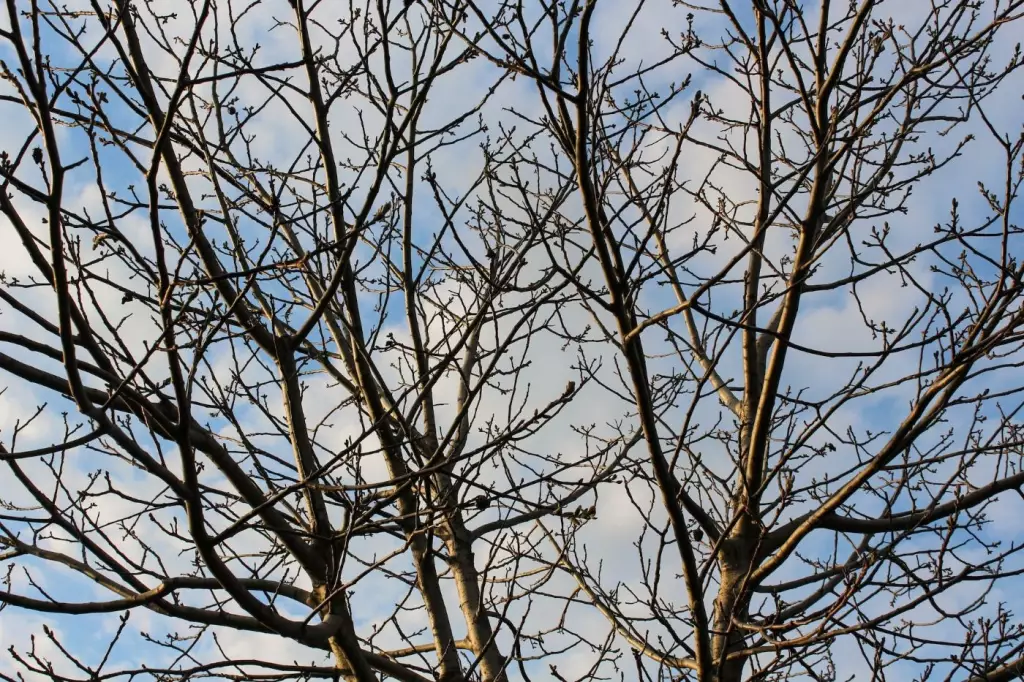
Increasing Walnut Yields
Below are some tips to help you get the most out of your walnut trees.
Fertilization techniques for higher walnut wield
One of the most important things you can do to increase walnut production is to fertilize your trees properly. Walnut trees require a lot of nutrients to produce a viable crop. Here are some fertilization techniques you can use to boost your yields:
Conduct soil testing
Before you fertilize your trees, you should have your soil tested. This will tell you what nutrients your soil is lacking and what you need to add to it. The table below shows the nutrients required by walnut trees and the specific amounts:
| Nutrient | Amount Required By Walnut Trees (in ppm) |
|---|---|
| Nitrogen | 200-300 ppm |
| Phosphorus | 30-50 ppm |
| Potassium | 200-300 ppm |
| Calcium | 50-100 ppm |
| Magnesium | 20-40 ppm |
| Zinc | 20-50 ppm |
| Iron | 50-100 ppm |
| Manganese | 20-50 ppm |
- Nitrogen: Nitrogen is one of the most important nutrients for walnut trees. You can add nitrogen to your soil by using a nitrogen-rich fertilizer or by planting cover crops that fix nitrogen in the soil.
- Phosphorus: Phosphorus is another important nutrient for walnut trees. You can add phosphorus to your soil by using a phosphorus-rich fertilizer or by adding bone meal to the soil.
- Potassium: Potassium is essential for fruit development. You can add potassium to your soil by using a potassium-rich fertilizer or by adding wood ashes to the soil.
- Calcium: Calcium is necessary for strong cell walls and healthy tree growth. You can add calcium to your soil by using a calcium-rich fertilizer or by adding lime to the soil.
- Magnesium: Magnesium is important for photosynthesis and chlorophyll production. You can add magnesium to your soil by using a magnesium-rich fertilizer or by adding Epsom salt to the soil.
- Micronutrients: Walnut trees also require zinc, iron, and manganese. You can add these micronutrients to your soil by using a micronutrient-rich fertilizer or by adding compost to the soil.
Note that over-fertilization can also be detrimental to walnut trees. Too much nitrogen can lead to excessive vegetative growth and reduced fruit production.
Try to follow the recommended application rates for fertilizers and avoid applying fertilizers during drought conditions or when the soil is saturated.
In addition to fertilization, you may also want to maintain proper irrigation, pruning, and pest management practices to ensure healthy walnut tree growth and optimal yields.
With proper care and attention, you can increase your walnut yield and enjoy a bountiful harvest. You can learn more tips on how to properly care for and maintain your walnut trees as you read this article.
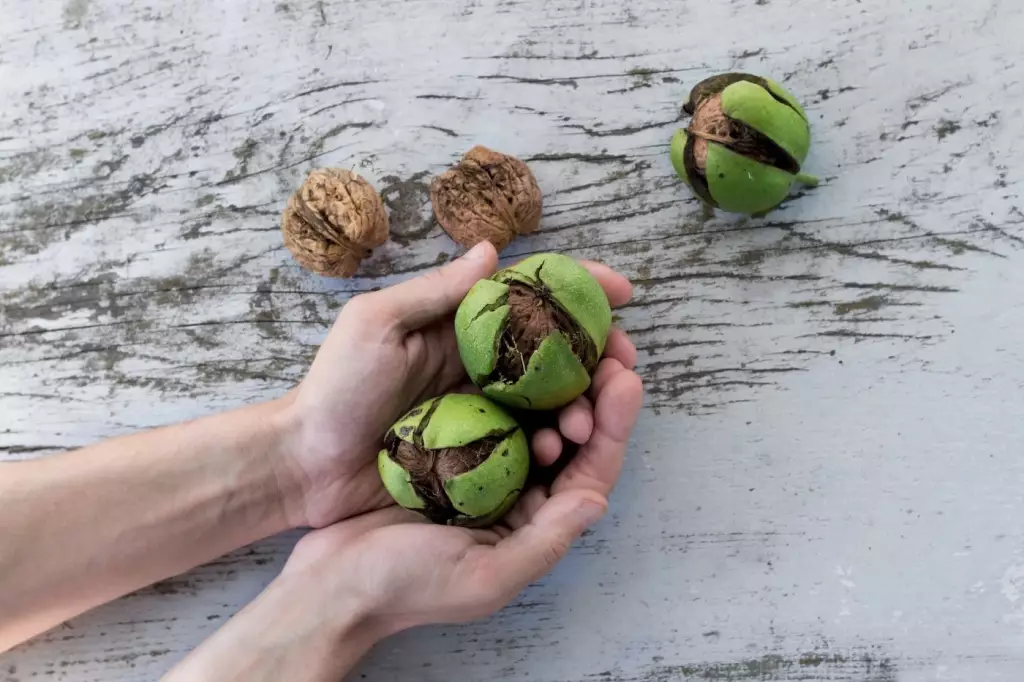
Pest and disease control to improve walnut production
In this section, we'll give you some effective strategies to combat pests and diseases in walnut orchards:
Implement integrated pest management (IPM)
IPM is a comprehensive approach that emphasizes prevention and employs a combination of techniques to manage pests and diseases. This includes utilizing natural predators, implementing crop rotation, and selecting disease-resistant varieties.
By integrating various control methods, growers can minimize the use of chemical pesticides and promote a more sustainable and environmentally friendly approach to pest and disease management.
The table below shows some of the most common diseases of walnut trees and the control measures you can take:
| Common Walnut Tree Diseases | Control Measures | |
|---|---|---|
| Thousand Cankers Disease | - Avoid movement of infested wood - Utilize disease-resistant walnut varieties - Practice good sanitation |
|
| Walnut Blight | - Apply copper-based fungicides during the growing season - Prune and remove infected plant parts |
|
| Walnut Anthracnose | - Apply fungicides during bud break and early leaf development - Promote good air circulation and tree canopy management |
|
| Phytophthora Root Rot | - Improve soil drainage - Avoid overwatering - Plant resistant rootstocks |
Preventing Thousand Cankers disease
This fungal disease poses a significant risk to walnut trees. Preventative measures, such as avoiding the movement of infested wood and utilizing disease-resistant walnut varieties, can help mitigate the spread of Thousand Cankers Disease.
Implementing strict sanitation practices, including the removal and destruction of infected plant material, can help prevent the disease from establishing and spreading within the orchard.
Combatting walnut blight
Walnut blight, caused by the bacterium Xanthomonas arboricola pv. juglandis, is a significant threat to walnut production. The disease primarily affects the leaves, shoots, and nut husks of walnut trees.
To combat walnut blight, growers can implement several control measures. Applying copper-based fungicides during the growing season is an effective method to manage the disease.
Additionally, pruning and removing infected plant parts, such as blighted shoots and leaves, can help reduce the spread of the pathogen within the orchard.
By combining these control measures with proper sanitation practices and timely applications of fungicides, growers can mitigate the impact of walnut blight and protect the health of their walnut trees.
Managing walnut anthracnose
Walnut anthracnose is a fungal disease caused by the pathogen Gnomonia leptostyla. It affects the leaves and shoots of walnut trees, leading to defoliation and reduced nut production.
To manage walnut anthracnose, timely applications of fungicides during bud break and early leaf development can help prevent the spread of the disease.
Additionally, promoting good air circulation and implementing tree canopy management practices, such as proper pruning to improve sunlight penetration and airflow, can reduce favorable conditions for disease development.
Avoiding Phytophthora root rot in walnuts
Phytophthora root rot, caused by various Phytophthora species, is a serious threat to walnut trees, particularly in poorly drained soils.
To combat Phytophthora root rot, you may need to improve soil drainage. Avoiding overwatering and ensuring proper irrigation practices can help prevent the disease.
Additionally, planting walnut trees on resistant rootstocks can provide some degree of protection against Phytophthora root rot.
By implementing these measures, growers can minimize the impact of Phytophthora root rot and maintain the health and productivity of their walnut orchards.
In addition to the aforementioned strategies, you may also want to practice regular monitoring and scouting for pest and disease activity.
Early detection allows for timely intervention and prevents the escalation of pest and disease issues. Read this article to find out more about the common pests and diseases of walnut trees that shorten the lifespan of the trees and lessen nut yield.
Furthermore, promoting overall tree health through proper irrigation, fertilization, and pruning practices can enhance the trees' natural defenses against pests and diseases.
Because walnut trees do not produce nuts every year due to their biennial bearing cycle, understanding how often walnut trees produce nuts will allow you to better manage your orchard by implementing appropriate pruning and fertilization practices.
Factors Affecting Walnut Yield
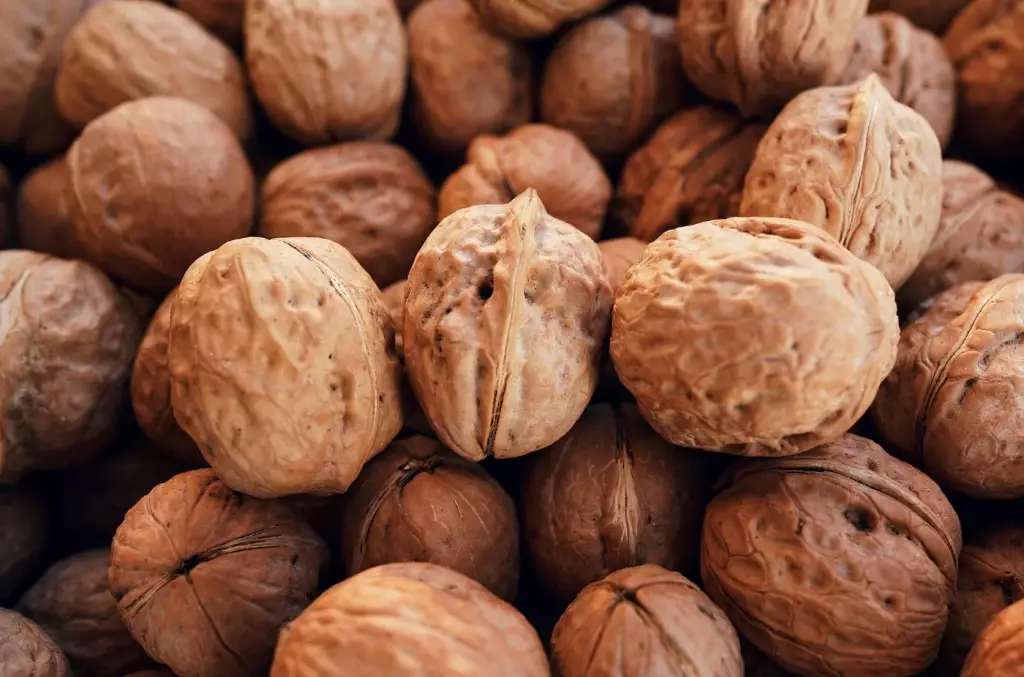
If you're planning to grow walnut trees, here are some of the most important factors that can affect their yield:
Climate and weather
Walnuts are cold-sensitive and don't like super cold springs or late frosts in fall, which can damage the buds and flowers. Central regions with moderate temperatures and well-distributed rainfall are ideal for growing walnuts.
In areas with hot and dry summers, irrigation may be necessary to maintain soil moisture and prevent drought stress.
The location and amount of sunlight
Walnut trees prefer full sun or direct sunlight, but they can tolerate some shade. However, too much shade can reduce the number of flowers and nuts produced.
When planting walnut trees, choose a location that receives at least 6 hours of direct sunlight daily.
The type of soil and watering practices
Walnut trees prefer well-drained soil with a pH between 6.0 and 7.5. Loam and clay soils are ideal, but drainage is also necessary to prevent waterlogging and root rot.
Sandy soils may require more frequent watering to maintain soil moisture. Mulching around the base of the tree can help retain soil moisture and prevent weed growth.
A more detailed discussion of the factors that affect walnut production can be found in this article.
